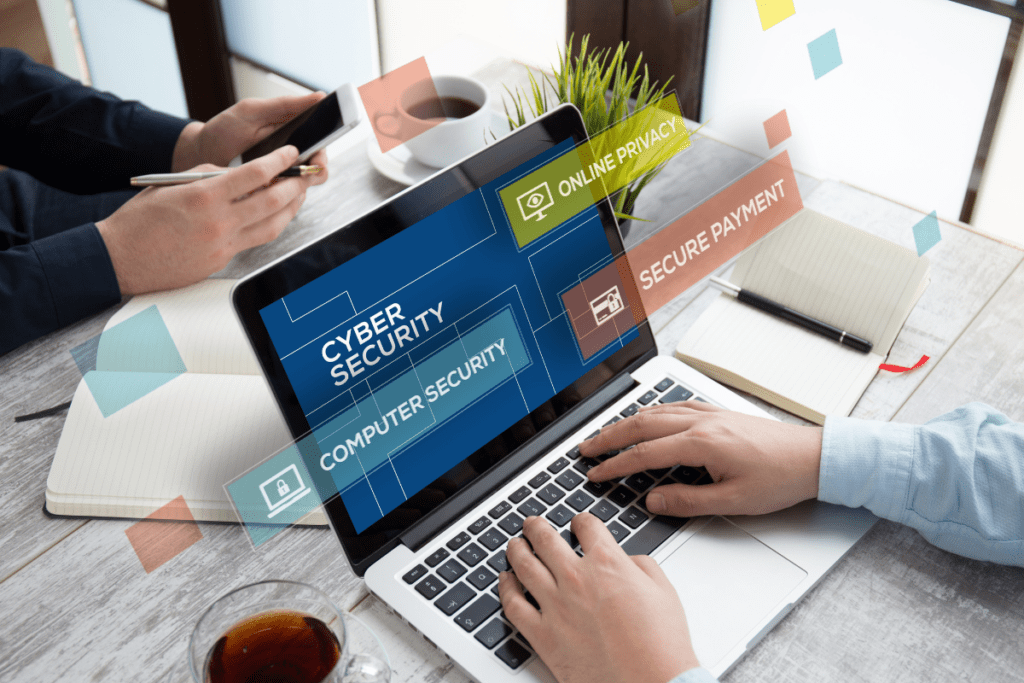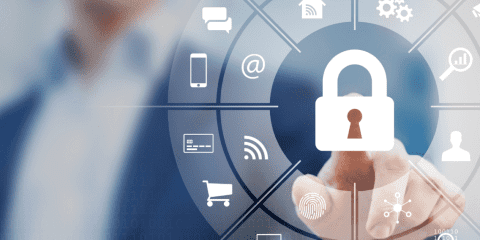
What is Microsoft Teams Security?
In today’s digital workplace, Microsoft Teams stands as an icon of collaboration, offering seamless chat, meetings, integration with Office 365 suites, and integration of third party apps such as Slack or HipChat 365 Suite. However, its success depends on sound cybersecurity practices.
With cyber threats becoming ever more sophisticated, phishing attempts becoming commonplace, and malicious actors committing increasingly complex scams becoming an increasing risk, protecting sensitive team information such as data has never been so crucially essential!
Microsoft Teams utilizes top-of-the-line encryption mechanisms, protecting both in-transit and at rest communications of its users to keep confidential team data out of unauthorized hands. Furthermore, its strict compliance standards and use of Active Directory authentication further strengthen defenses against potential security risks. By employing best practices ranging from protecting user accounts to informing employees of potential dangers-organizations can further bolster their defenses using Microsoft Teams as a secure workplace communications hub.
With over 270 million monthly active users, Microsoft Teams has become a cornerstone of corporate communication. Despite its popularity, it’s crucial to recognize and understand the cybersecurity risks associated with this widely used platform.
The vast user base of Microsoft Teams makes it an attractive target for cyber threats. Here are the key risks:
Data Breaches
Sensitive information shared within Teams, from personal data to corporate secrets, is at risk of being accessed by unauthorized individuals. Data breaches can occur through various means, including system vulnerabilities or compromised user accounts.
Phishing Attacks
Account Compromise
If attackers gain access to a user’s account, either through phishing or weak passwords, they can potentially access confidential team conversations, documents, and even control user accounts to further spread malware or misinformation.
Malware and Ransomware
Microsoft Teams can distribute malicious software, including ransomware. Attackers send malware-laden files or links through chat, compromising the unsuspecting user’s device and the organization’s network when opened.
Insider Threats
Security risks are not always external. Employees with access to Microsoft Teams can inadvertently or deliberately leak sensitive information. If proper access controls and monitoring are not in place, this risk compounds.
Security Breaches in Microsoft Teams
The occurrence of a security breach can have far-reaching consequences. Effective strategies are required to address and mitigate these breaches.
Immediate Response Plan
Have a plan in place for immediate action in the event of a breach. This includes isolating affected systems, assessing the scope of the breach, and notifying relevant stakeholders.
Regular Security Audits
Regularly conducting security audits helps identify and address vulnerabilities before attackers exploit them.
Enhanced User Authentication
Implementing strong password policies and two-factor authentication significantly reduces the risk of unauthorized account access.
Educating Employees
Regular training sessions on recognizing phishing attempts, safe usage practices, and reporting suspicious activities are crucial.
Monitoring and Logging
Continuously monitor and log activities within Teams to quickly detect and respond to any unusual activities that could indicate a breach.
Our Recommendation
In light of these security risks, our recommendation is for companies to consider implementing the following measures:
- Shut Off External Chat: Disable external chat capabilities to prevent unauthorized access.
- Whitelist Client Domains: If your company communicates with clients via Teams, whitelist their domains to allow communication only with trusted sources.
- Restrict External Chats: Do not allow users to accept chats from outside sources to mitigate the risk of data breaches and unauthorized access.
Microsoft Teams’ growing popularity as a collaboration tool comes with a great responsibility to protect its use safely and responsibly. As a result, understanding any risks to its use as well as taking proactive measures such as those listed above to maintain integrity and safety for corporate communication is vital to keeping its integrity and safety intact.
Right Hand Technology Group’s team of cybersecurity professionals stands ready to offer expert guidance or assist your organization with improving its posture in Microsoft Teams Security or beyond. Reach out now.










